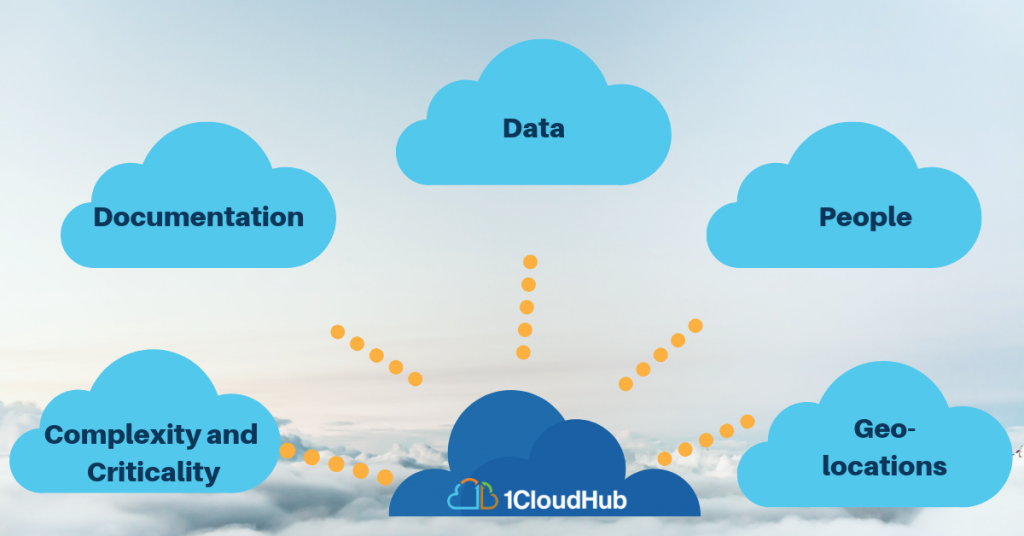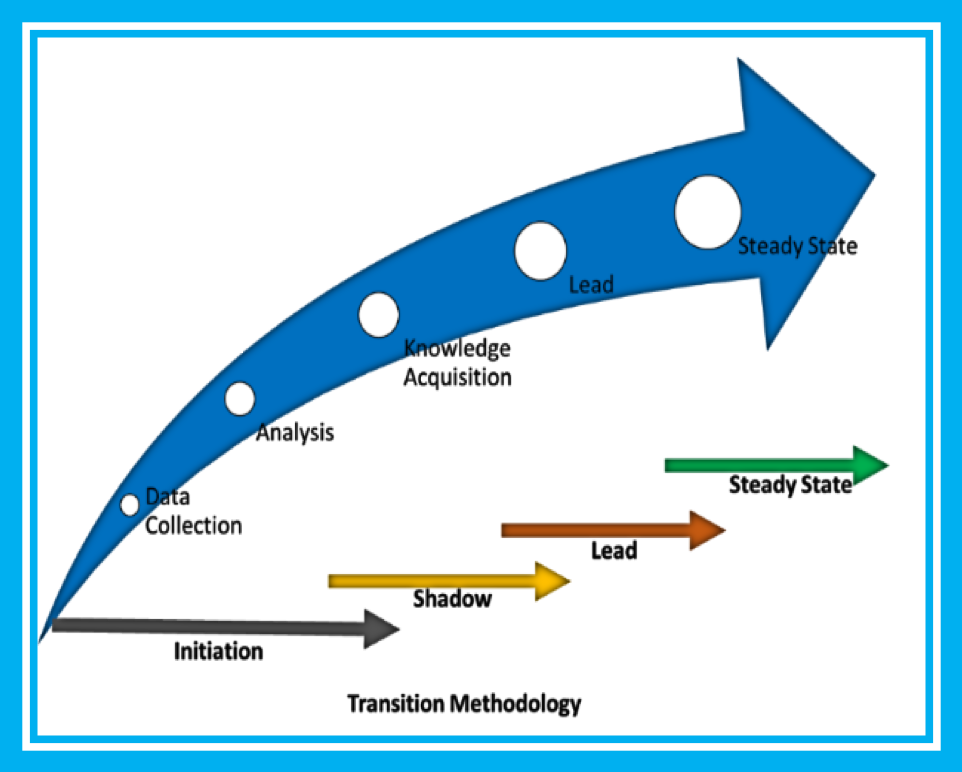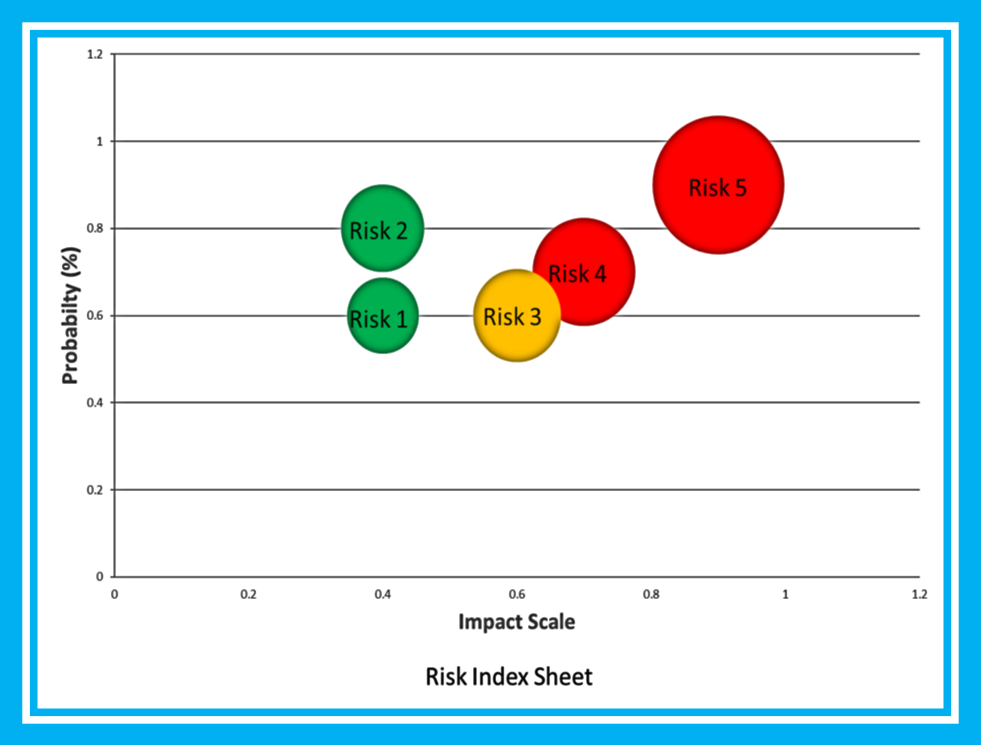When the companies decide to migrate the IT Infrastructure management to a 3rd party from in-house team or from the current managed service provider one of the key concerns that it faces is the impact during the transition on the business.
Would the business be impacted due to the transition? If it does, how to minimize the impact are the some of the key questions that the IT department would look for answers from the cloud infra service providers. Lack of clarity on the expectations and accountability of the stakeholders, adds to the risks and magnifies the impact on the business.
Given that the knowledge and the context of the cloud infra shall be with the in-house team or the outgoing service provider, and the onus of successful transition rests on the incoming MS provider, the transition planning and the plan becomes the pivotal point for successful transition.
To manage such transition, at 1CH we adopt the next-gen, robust transition methodology NIMBUS, which has been built based on the industry best practices and the experience from the multiple cloud infra transitions by 1CH. The methodology gathers data regarding the current state of infrastructure and the process adopted to arrive at the most optimal and viable transition plan. Some of the key focus areas that NIMBUS takes into consideration in creating the transition plans are :




